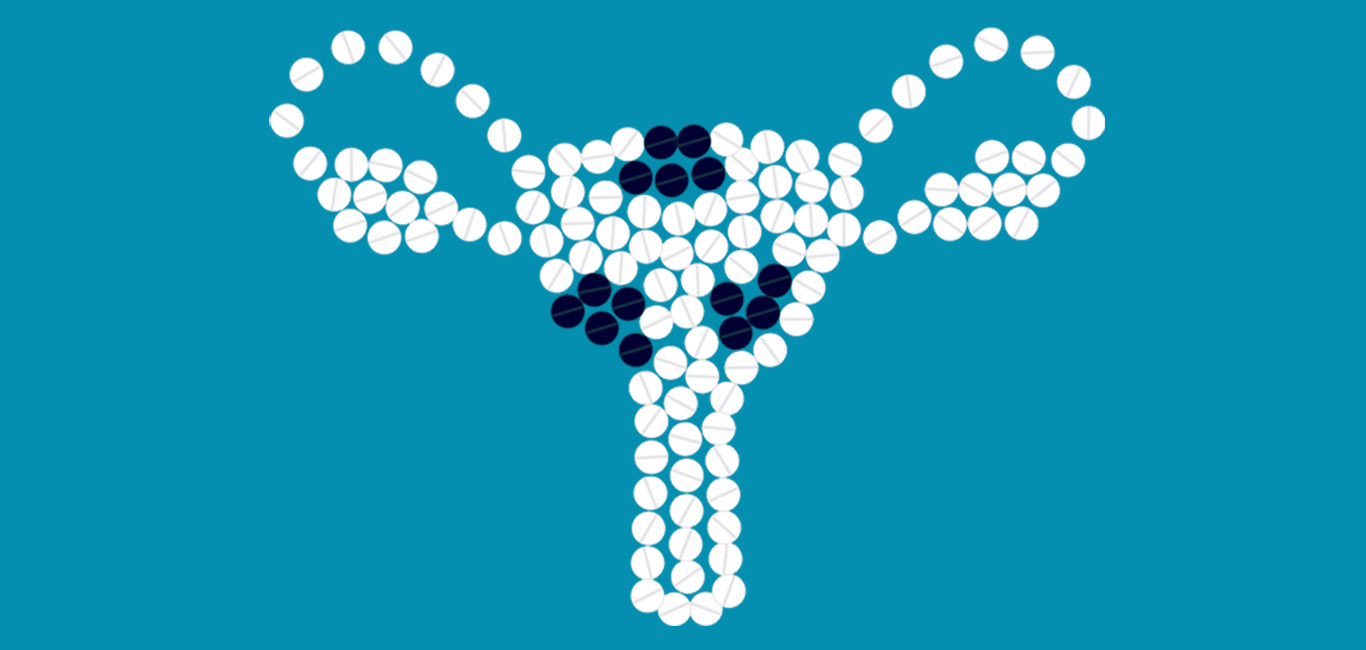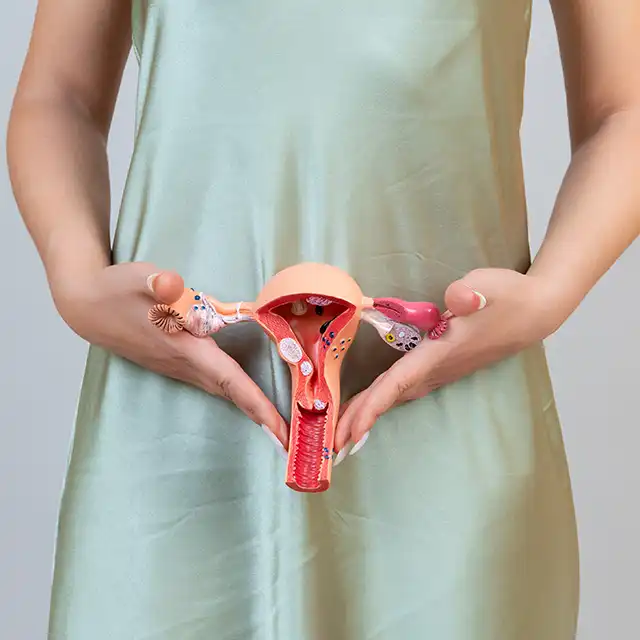
Fibroids are non-cancerous tumours made up of the muscle and fibrous tissue of the uterus. They occur in and around the walls of the uterus during the reproductive years of a person assigned female at birth (AFAB). Fibroids can range in size from being undetectable to the eyes to the size of a melon. There may be a single fibroid or multiple fibroids in and around the uterine wall.
In extreme cases, large fibroids can affect bladder and bowel functions causing frequent urination or difficulty in passing stools. They can also cause the womb to get distended, giving the appearance of being pregnant.
Signs and symptoms
Many women are unaware of fibroids since they do not experience any symptoms. However, they can sometimes cause discomfort with some of the following symptoms:
- Painful periods and unexplained bleeding between periods
- Heavy vaginal bleeding that can cause or increase the risk of anemia
- Feeling of fullness in the abdomen
- Frequent urination
- Difficulty, or abdominal pain, while passing stool
- Painful intercourse
- Lower back pain
- Complication during pregnancy such as increased chances of miscarriage, early onset of labour during pregnancy, six-time greater risk of cesarean section
- In rare cases it can also cause infertility
Causes
The exact cause of fibroids is unknown. However, researchers think it may be caused due to an imbalance in female reproductive hormones such as estrogen and progesterone. These hormones are responsible for reproductive and sexual health and their levels are higher in people assigned female at birth during reproductive years and tend to decrease after menopause.
Fibroids are also believed to be caused by genetic factors, which become dominant when transferred from parent to child.
Diagnosis
A doctor, specifically an obstetrician or gynecologist, evaluates the fibroids by physical examination and imaging through ultrasound, MRI or X-rays. This can be supplemented with some lab tests to detect hormone levels, or a biopsy to offer a more specific diagnosis.
Treatment
The treatment regimen for persons suffering from fibroids depends on several factors such as:
- Whether symptoms are showing or not
- The size and location of the fibroids
- An inability to conceive despite healthy eggs and sperm
- Age and closeness to menopause
You might not always need treatment for fibroids if you don’t have symptoms. The fibroids tend to shrink and disappear on their own over time, particularly during the menopausal borderline age or after menopause.
However, your doctor might treat you with oral medications if you are showing symptoms or for a specific reason like pregnancy. These medications include:
- Hormonal therapy using birth-control pills containing progesterone that prevents and controls the growth of fibroids and controls heavy bleeding
- Gonadotrophin-releasing hormone agonists (GnRHa) are also used to shrink the fibroids. This is mostly used before the surgical removal of fibroids and can be given in the form of injections, nasal sprays or implants under the skin
- Intrauterine devices (IUDs) containing low-dose progesterone-like-medication to control heavy bleeding
In cases where hormonal therapies are not improving the condition, surgery is the only option available to get rid of fibroids. Popular surgical procedures include:
- Myomectomy — the surgical removal of fibroids without taking out the whole uterus. This is adopted if the woman wants her uterus intact, but there is a chance of getting fibroids again in the future
- Hysterectomy — the only sure and effective method to get rid of fibroids in which a surgeon removes the entire uterus
Sources
- https://www.nhs.uk/conditions/fibroids/
- https://www.nhp.gov.in/disease/reproductive-system/female-gynaecological-diseases-/fibroids
- https://www.womenshealth.gov/a-z-topics/uterine-fibroids
- https://www.nichd.nih.gov/health/topics/uterine

















